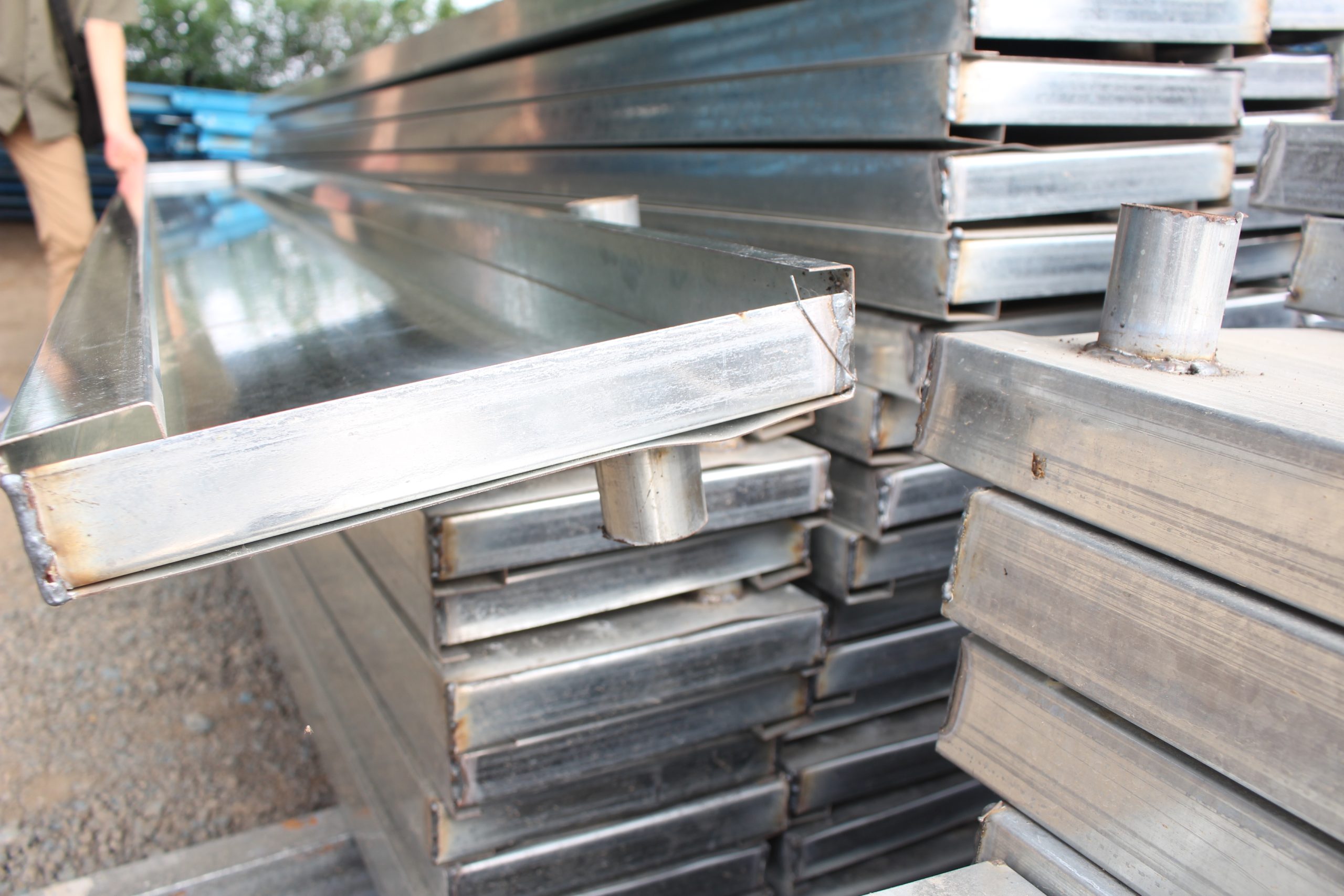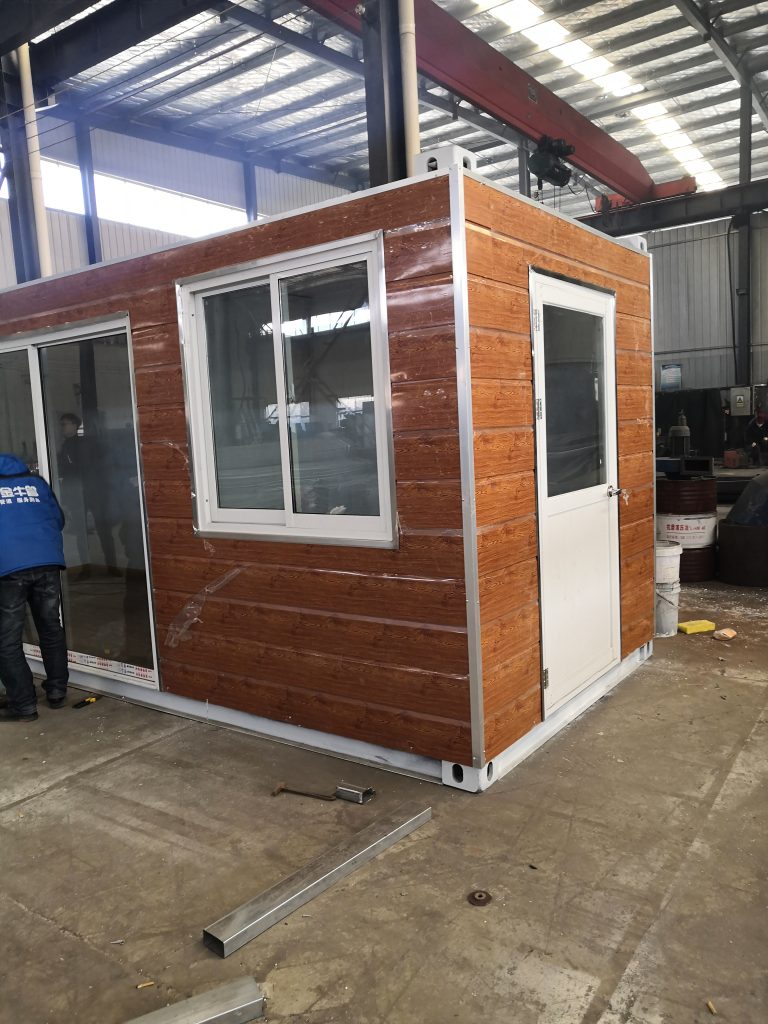BIM technology innovation and construction optimization of steel structure building
Table of Contents
Benefits of Implementing BIM Technology in Steel Structure Building Design
Building Information Modeling (BIM) technology has revolutionized the way construction projects are designed, planned, and executed. In recent years, the use of BIM technology in the construction industry has become increasingly popular due to its numerous benefits. One area where BIM technology has had a significant impact is in the design and optimization of steel structure buildings.
One of the key benefits of implementing BIM technology in steel structure building design is the ability to create accurate and detailed 3D models of the building. These models allow architects, engineers, and construction professionals to visualize the entire project before construction begins. This not only helps in identifying potential design flaws and clashes but also enables stakeholders to make informed decisions about the project.
Furthermore, BIM technology allows for better collaboration and communication among project team members. With BIM, all stakeholders have access to the same information and can work together in real-time to resolve any issues that may arise during the design and construction process. This level of collaboration helps to streamline the project and reduce the likelihood of costly delays and errors.

In addition to improved collaboration, BIM technology also enables better coordination of construction activities. By creating a detailed 3D model of the steel structure building, project teams can identify potential clashes between different building components, such as HVAC systems, electrical wiring, and plumbing. This allows for early detection and resolution of conflicts, resulting in a more efficient construction process.
Another benefit of implementing BIM technology in steel structure building design is the ability to optimize the building’s performance. By simulating different design scenarios and analyzing the impact of various factors, such as material selection, building orientation, and energy efficiency, project teams can make informed decisions that result in a more sustainable and cost-effective building.
Furthermore, BIM technology allows for the integration of building information with other systems, such as scheduling and cost estimation software. This integration enables project teams to create more accurate construction schedules and budgets, leading to better project management and cost control.
Overall, the implementation of BIM technology in steel structure building design offers numerous benefits, including improved collaboration, better coordination of construction activities, optimized building performance, and enhanced project management. By leveraging the power of BIM technology, construction professionals can streamline the design and construction process, reduce errors and delays, and deliver high-quality steel structure buildings that meet the needs of their clients.
In conclusion, BIM technology has become an essential tool for the design and optimization of steel structure buildings. Its ability to create accurate 3D models, improve collaboration and communication, optimize building performance, and integrate building information with other systems makes it a valuable asset for construction projects. As the construction industry continues to evolve, the use of BIM technology will undoubtedly play a crucial role in driving innovation and efficiency in steel structure building design.
Strategies for Optimizing Construction Processes in Steel Structure Building Projects Using BIM Technology
Building Information Modeling (BIM) technology has revolutionized the construction industry by providing a digital representation of a building’s physical and functional characteristics. This innovative technology allows architects, engineers, and construction professionals to collaborate more effectively, streamline project workflows, and optimize construction processes. In the context of steel structure building projects, BIM technology offers numerous benefits that can help improve efficiency, reduce costs, and enhance overall project outcomes.
One of the key advantages of using BIM technology in steel structure building projects is the ability to create detailed 3D models that accurately represent the building’s design and construction elements. These models can be used to visualize the building’s structural components, analyze its performance, and identify potential clashes or conflicts before construction begins. By detecting and resolving issues early in the design phase, construction teams can avoid costly delays and rework, leading to a more efficient and streamlined construction process.
In addition to improving design coordination and clash detection, BIM technology can also help optimize the construction of steel structure buildings by enabling better communication and collaboration among project stakeholders. With BIM, architects, engineers, contractors, and subcontractors can work together in a shared digital environment, exchanging information, coordinating tasks, and making informed decisions in real-time. This collaborative approach fosters greater transparency, accountability, and efficiency throughout the construction process, ultimately leading to better project outcomes.
Furthermore, BIM technology can facilitate the integration of prefabrication and modular construction techniques in steel structure building projects, allowing for greater precision, speed, and cost-effectiveness in the construction process. By leveraging BIM models to design and fabricate building components off-site, construction teams can minimize waste, reduce labor costs, and accelerate project timelines. Prefabrication and modular construction also offer opportunities for improved quality control, as components can be manufactured in controlled environments and assembled on-site with greater accuracy and consistency.
Another key benefit of using BIM technology in steel structure building projects is the ability to simulate and analyze construction sequences, logistics, and resource utilization. By creating 4D construction schedules that integrate time-based information into the BIM model, project teams can visualize the construction process, identify potential bottlenecks, and optimize the sequencing of activities to maximize efficiency and productivity. This advanced planning and scheduling capability can help construction teams better manage resources, reduce project risks, and deliver projects on time and within budget.
In conclusion, BIM technology offers a powerful tool for optimizing construction processes in steel structure building projects. By creating detailed 3D models, facilitating collaboration among project stakeholders, integrating prefabrication and modular construction techniques, and simulating construction sequences, BIM technology can help improve efficiency, reduce costs, and enhance overall project outcomes. As the construction industry continues to embrace digital innovation, BIM technology will play an increasingly important role in driving construction optimization and delivering successful steel structure building projects.







